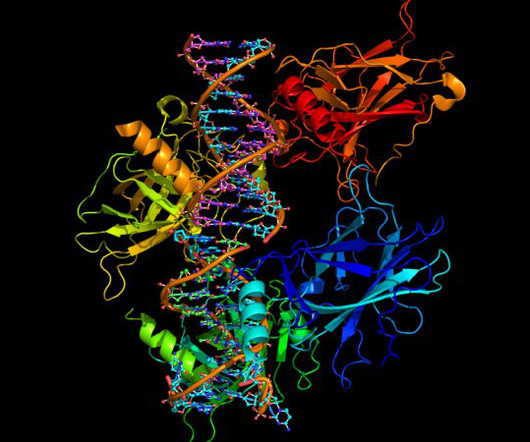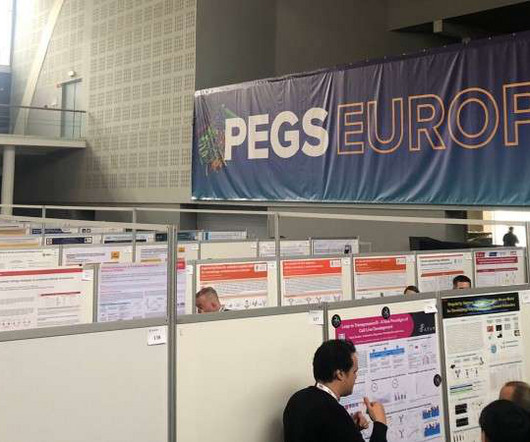Big data – charting a new path to drug discovery and development
Drug Discovery World
JULY 11, 2023
Now, with the growth of publicly available genomics, transcriptomics, and proteomics databases, the ability to quickly carry out large-scale DNA, RNA, and protein screenings, and the availability of massive sets of de-identified patient data, the amount of high-value, analysable data has reached enormous proportions.













Let's personalize your content